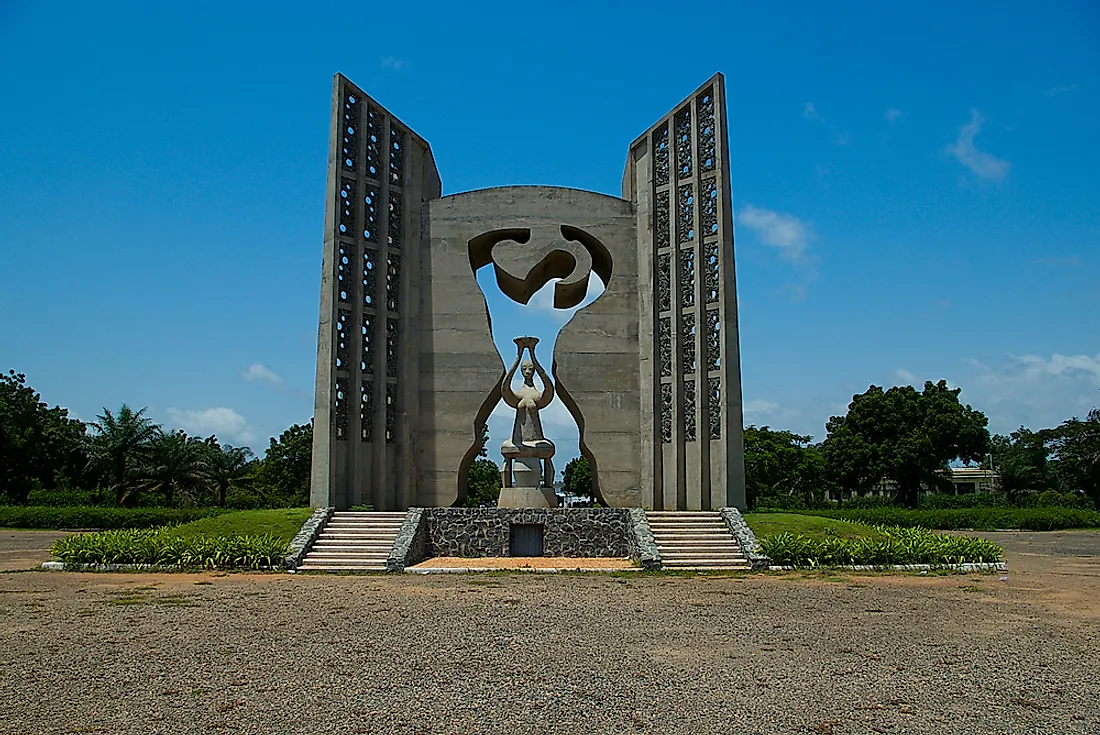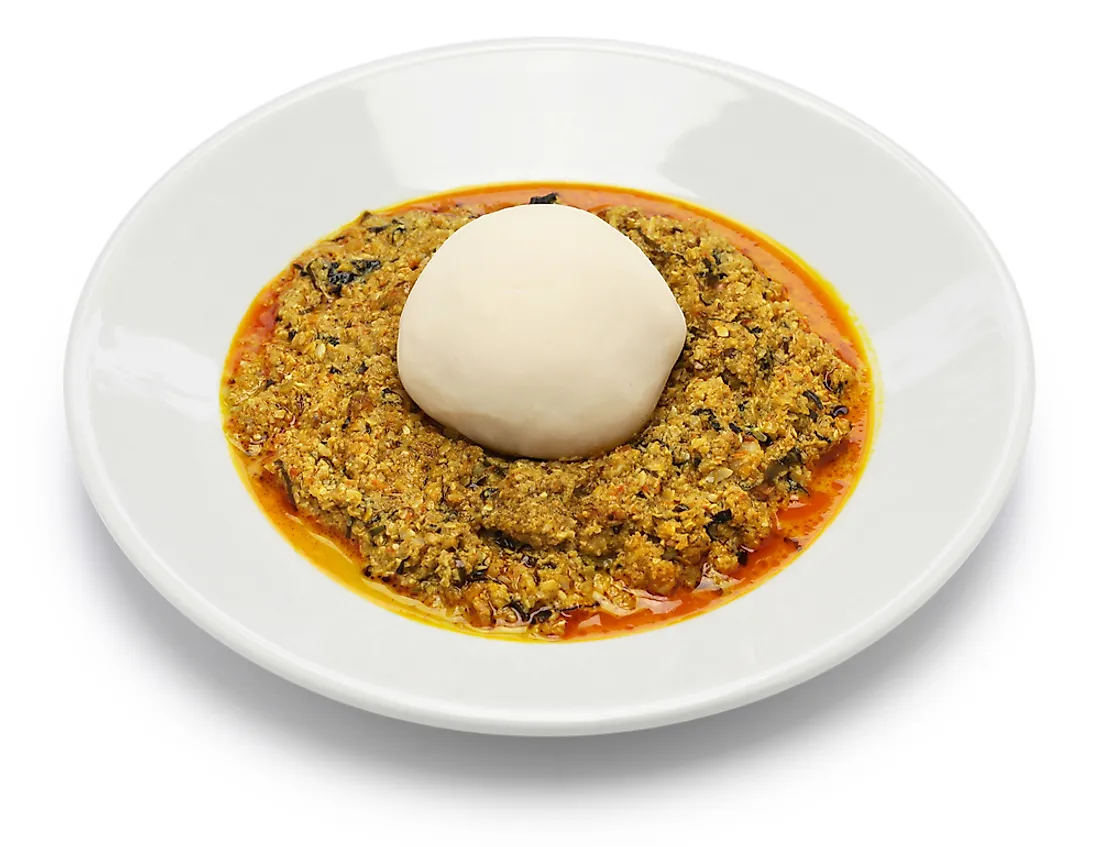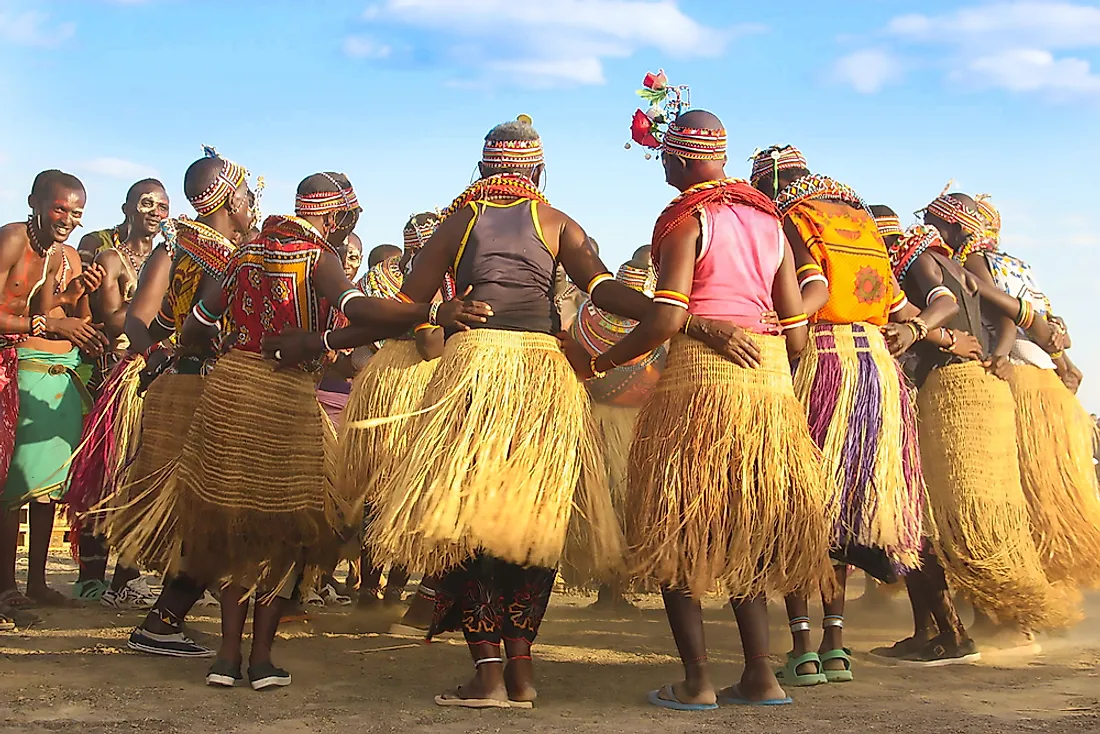The Culture Of Togo

Togo is a West African nation that houses a population of around 8,176,449 individuals. The country has a rich culture that reflects its ethnic diversity.
Ethnicity, Language, And Religion
Although Togo is one of the smallest countries in Africa (57,000 square km), it is home to diverse ethnic groups. Around 37 tribes inhabit the country of which the Ewe, Mina, and Kabre are the largest. French is Togo’s official language. Kabye and Dagomba are the two major African languages spoken in the north of Togo while Ewe and Mina are spoken in the southern part of the country. More than half of the population of Togo practice indigenous African religions. Christianity and Islam are practiced by about 29% and 20% of Togo’s population, respectively.
Cuisine

The cuisine of Togo is influenced by the French, German, and West African cuisines. The staple foods of the Togolese cuisine are millet, maize, plantain, beans, rice, cassava, yam, and more. Maize is widely consumed by the Togolese. Fish is the primary source of protein in the Togolese diet. Bushmeat hunting is not uncommon. Different types of pâté, sauces, and chili peppers are also used in Togolese cuisine. People in the country generally prefer to eat at home. However, roadside food stalls selling omelets, corn-on-the-cob, groundnuts, brochettes, etc., are also popular. Some of the common Togolese dishes are Koklo meme (grilled chicken flavored with chili sauce), fufu (peeled and boiled yams served with sauces), and kokonte (a cassava pâté). Red wine, white wine, and American-style beer are popular alcoholic beverages consumed in Togo.
Literature And The Arts
Togo has a rich heritage of oral literature that consists of folktales and legends, heroic epics, historical accounts, war poems, fairy tales, ritualistic chants, and more. Written literature in the country was nearly non-existent prior to the arrival of the Europeans. The first literary texts from Togo date from the early 1950s. David Ananou’s Le Fils du fétiche is often regarded as one of the first novels of Togo.
A wide variety of handicrafts are also produced in Togo. Kpalimé is the nation’s hub for crafts like weaving, wood sculpture, batiks, painting, pottery, wickerwork, ceramics, decorated calabashes, etc. The town houses about 36 workshops and retail outlets selling Togolese art and craft work to the domestic and international buyers.
Performance Arts
The Togolese are proud of their rich heritage of indigenous music and dance. Each ethnic group has its own style of music and dance which are often an integral part of the religious and social life of the people. The music scene of the country features a great variety of percussion-led dance music. Drums are used extensively throughout the nation to celebrate special occasions and festivals like the Yeke Yeke festival. Some of the Togolese dances are the hunters' dance adewu, tchebe (the stilt dance), war dances (atsina and kpehouhuon), etc.
Sports In Togo -

Like most African countries, football is the most popular sport played in Togo. The game is played both professionally and informally throughout the cities and villages of Togo. The country has also achieved some international success in football. Boxing is another popular sport in Togo. The country produced Zafrou Balloqou, one of the best boxers of the 1990s. Togo has also participated in international tennis and African traditional wrestling competitions. Men dominate the sports scene in the country but attempts have been made to encourage Togolese women to take part in sports. The Togolese Olympic Committee was recognized by the International Olympic Committee in 1963. The country’s athletes first participated in the Olympic Games in 1972. In 2008, the kayaker Benjamin Boukpeti won the first Olympic medal for the country.
Life in Togolese Society
Although the law grants equal rights and freedoms to Togolese men and women, it is hardly applicable in the Togolese society. In most households, men enjoy a higher status than women. The women are expected to manage the household chores and children. They also work as laborers in the crop fields and in other professions in the city. However, very few women hold higher ranks in politics, administration, civil services, business, etc.
Marriage customs in Togo vary according to the ethnic group of the people. Marrying outside the ethnic group is usually not encouraged. However, changing societal norms are leading to an increase in inter-ethnic marriages. Polygamous households are decreasing in number but are not yet uncommon in rural areas. The payment of bridewealth is important throughout the nation. The French legal statutes determine inheritance in the case of legal marriages. Customary inheritance laws are applicable in the event of customary marriages. Such laws usually follow a patrilineal tradition.
Mothers and other female relatives usually take care of the infants. The growth of a child is marked by several initiation ceremonies. Education is provided to all but boys are more likely to complete primary education than girls. The gender-based differences in educational achievements increase with the stage of education.
Public display of affection is seldom witnessed since it is not encouraged by the Togolese society. Men and women are not expected to court in public. The elders of the village are highly respected. The Togolese usually consume food with the hands. Guests are warmly welcomed into the home and offered water and food. The traditional greeting involves asking about health and family well-being.











